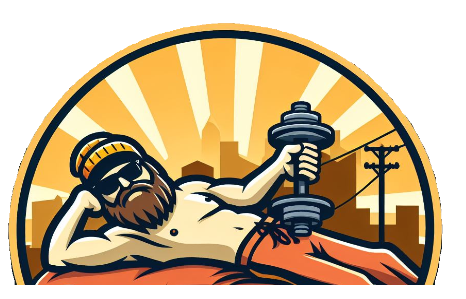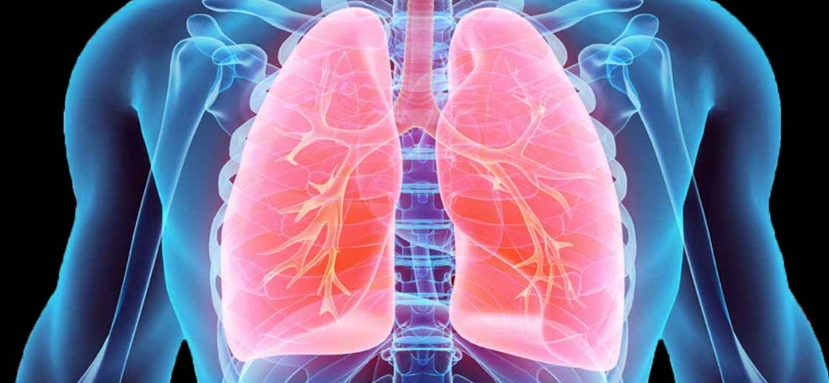Breathing
It’s something we all do without even thinking, right? But did you know how we breathe can have a huge impact on our health and longevity? Science backs this up. Proper breathing techniques don’t just keep us alive; they can help us thrive.
Controlled breathing techniques like deep, diaphragmatic breathing can totally change the way our body functions. Think of it like giving your body an extra boost of energy and calmness. Your breath can influence both stress levels and overall health, which is why it’s so valuable for long-term vitality.
Studies show a powerful link between breath regulation and lifespan. This isn’t just about feeling calm—though, hey, who doesn’t want some extra calm in their life? It’s also about boosting our body’s resilience to the ups and downs of life.
You get a stronger immune system, better mental health, and just overall better living. Long story short, breathing might just be the key to tapping into a longer, healthier life. So, next time you take a breath, remember: you’re not just breathing. You’re adding a little more life into your years.
Breathing Techniques in Everyday Life.
Enhance Health and Wellbeing
Breathing right isn’t just for the yoga mat or meditation cushion. It slips right into your everyday life, making just about everything feel a bit more manageable. The cool part? The way you breathe can play a massive role in managing your stress and boosting your overall well-being.
Ever notice how your breath changes with your mood, like huffing and puffing during a stressful meeting or that deep exhale of relief? Learning to steady your breath can be like hitting the pause button on stress and hitting play on calm. Breathwork can be a real game-changer when it comes to boosting your mood and outlook.
Real-life stories and experiences highlight the profound impact of breathing techniques. People across the world have found their magic—improved health and even extended lifespan—through mindful breathing. It’s affirming to see how a simple, free tool like breath can be so powerful.
There’s tech to help out, too. Handy apps track your breath patterns, helping you tweak and adjust toward better breathing habits. They’re super helpful for keeping that momentum going, especially when life gets a little hectic.
Techniques to Extend Your Lifespan
You know how they say practice makes perfect? It’s the same deal with breathing techniques. It’s not just about the air going in and out—there’s a whole world of different methods that can seriously enhance your life.
A) Diaphragmatic breathing
Let’s start with diaphragmatic breathing, sometimes called belly breathing. This technique uses the diaphragm to pull in more air, filling your lungs more efficiently.
This isn’t just a journey to tranquility—efficient oxygen exchange supports bodily functions that could help you live longer. You’ve got to let your belly rise and fall, and trust me, your body’s gonna thank you for it.
Basic Diaphragmatic Breathing
(Also known as belly breathing or abdominal breathing)
For relaxation and stress relief
This technique focuses on using your diaphragm — a dome-shaped muscle at the base of your lungs — to draw in deeper, more efficient breaths. It’s commonly used in meditation, yoga, and stress management.
Benefits.
- Calms the nervous system
- Reduces stress and anxiety
- Improves oxygen flow
- Lowers blood pressure and heart rate
How to Do It.
- Lie on your back or sit in a comfortable chair.
- Place one hand on your chest and the other on your belly (just above your navel).
- Breathe in slowly through your nose for about 4 seconds. Let your belly rise, while your chest remains relatively still.
- Hold your breath for 1–2 seconds.
- Exhale gently through your mouth for 4–6 seconds, letting your belly fall.
- Repeat this for 5–10 minutes, focusing on slow, rhythmic breathing.
Tip: Practice daily, especially in the morning or before bed, to train your body to breathe more efficiently throughout the day.
B) Buteyko Breathing method
There’s also the Buteyko method, which focuses on not gulping in too much air. It suggests that over-breathing might actually lead to less oxygen in our body. Weird, right? But learning to breathe less but more effectively can change the game.
Active Diaphragmatic Breathing
(Ideal for during or after workouts)
While similar to the basic form, this technique is slightly more controlled and is used during physical activity or to support recovery after intense exercise.
Benefits:
- Improves endurance by optimizing oxygen intake
- Supports core stability
- Reduces shortness of breath during workouts
- Aids in faster recovery by lowering heart rate and relaxing tight muscles
How to Do It:
- Sit upright or stand tall with shoulders relaxed.
- Inhale deeply through your nose into your belly (not your chest). Aim to feel your lower ribs expand outward and to the sides.
- Use a 3-1-5 rhythm:
- Inhale for 3 seconds
- Hold for 1 second
- Exhale slowly for 5 seconds through pursed lips
- Engage your core slightly on the exhale, as if you’re gently bracing your abs.
- Do this for a few minutes during cooldowns, between workout sets, or whenever you feel out of breath.
Tip: Runners, cyclists, and weightlifters benefit greatly from mastering this technique.
C) Wim Hof Breathing Technique
Ever heard of the Wim Hof technique? This one combines breathing, meditation, and cold exposure. A little intense, but so many people swear by it to boost their energy and resilience. Maybe feeling a bit like a superhero as you build up your body’s tolerance.
(A powerful method combining breathwork with mindset and cold exposure)
Developed by Dutch athlete Wim Hof (aka “The Iceman”), this technique uses controlled hyperventilation and breath-holding to influence the body’s autonomic systems. It’s been linked to improved immunity, better focus, reduced stress, and increased energy.
Warning:
Do not perform this technique while driving, swimming, or standing. Always practice it sitting or lying down in a safe space.
Benefits:
- Increases oxygen efficiency
- Boosts adrenaline and alertness
- Strengthens immunity
- Improves resilience to cold and stress
How to Do It:
- Get Comfortable: Sit or lie down in a quiet, relaxed environment.
- Controlled Breathing (30–40 breaths)
- Inhale deeply through the nose or mouth
- Exhale passively, not forcefully
- The rhythm is fast and deep: Think fully in, let go
- Repeat this cycle 30 to 40 times — you may feel lightheaded or tingly (this is normal)
- Retention (Breath Hold)
- After the final exhale, hold your breath
- Don’t inhale again until your body naturally signals you to
- Most people can hold for 1–2 minutes or more with practice
- Recovery Breath
- When you feel the urge to breathe, inhale deeply and hold for 15 seconds, then release
- That’s one round. Repeat for 3–4 rounds for a full session
Tip: Combine this method with cold showers or ice baths for maximum effect, but only after becoming comfortable with the breathing method itself.
These three breathing techniques each serve different purposes: basic diaphragmatic breathing is perfect for daily calm, active diaphragmatic breathing helps during workouts, and the Wim Hof Method builds resilience and energy.
Start slow and stay consistent — your breath is one of the most powerful tools you’ve got.
Start a Daily Breathing Routine
It’s simpler than you might think to fit these into your daily routine. Start small, like a few minutes a day, and gradually build up. A few guided sessions or using an app can help keep you on track and motivated, making every breath more deliberate and beneficial.
Changing how you breathe, making it more deliberate, is one of the most grounded ways to invest in your health. It’s like jump-starting vitality right at the core. So, take a breath, a good one, and feel that life-extending benefit kick in.
Wrap Up
Breathwork is not just a health trend—it’s becoming a staple in holistic health practices around the globe. Innovations in respiratory health are making it easier than ever to adopt these techniques.
There’s always something new to explore, so you’re never stuck. With every breath, you’re flexing your wellness muscle and preparing to face life with a bit more vitality and balance. go for it and BREATHE.
Follow me on YouTube for more “prophetic” insight and a bit of a laugh at the same time.
Steve

Some links on this site may be affiliate links, and if you purchase something through these links, I will make a commission on them.
There will be no extra cost to you and, you could actually save money. Read our full affiliate disclosure here.

